In May, Eurozone PMI manufacturing dropped to 47.7, down from 47.9 and missed expectation of 48.1. PMI services dropped to 52.5, down from 52.8 and missed expectation of 53.0. PMI Composite rose to 51.6, slightly up from 51.5. Markit noted that “the weak reading puts growth in the second quarter so far on a par with the lacklustre gain seen in the first quarter and is among the lowest recorded since mid-2013.”
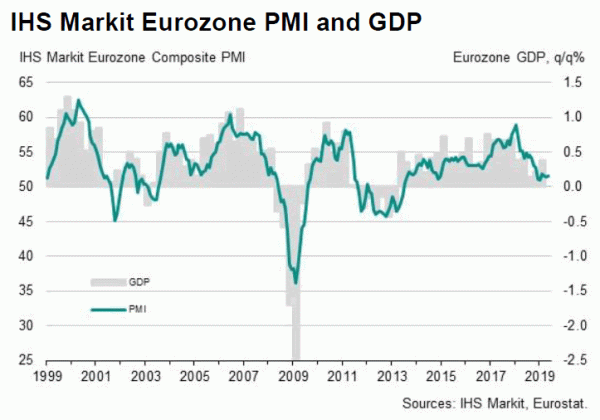
Commenting on the flash PMI data, Chris Williamson, Chief Business Economist at IHS Markit said:
“The eurozone economy remained becalmed in the doldrums in May, adding to signs that only modest growth will be achieved in the second quarter. At current levels the PMI is so far indicating GDP growth of only 0.2% in the second quarter.
“A renewed deterioration in optimism about the year ahead suggests that the business situation could deteriorate further in coming months. Worries reflected concerns over lower economic growth forecasts, signs of weaker sales and rising geopolitical uncertainty, with escalating trade wars and auto sector woes commonly cited as specific causes for concern.
“Sector divergences remain marked, with manufacturing still in decline and the region therefore reliant on the service sector to support growth.
“While some encouragement can be gained from the manufacturing sector showing signs of its downturn having bottomed out in March, the concern is that the slowdown is spreading to the service sector, where new business growth has slipped to one of the weakest seen since 2014.
“Germany is on course for a 0.2% expansion of GDP in the second quarter while the survey for data France point to a meagre 0.1% gain. However, the bigger concern is for the rest of the region, which collectively saw growth falter amid the first fall in orders for almost six years.”
Full release here.




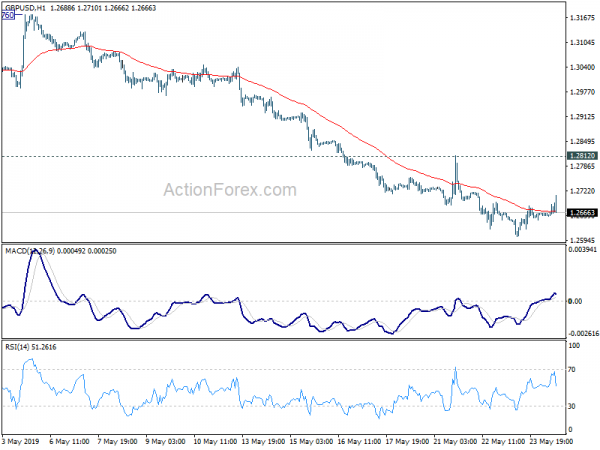
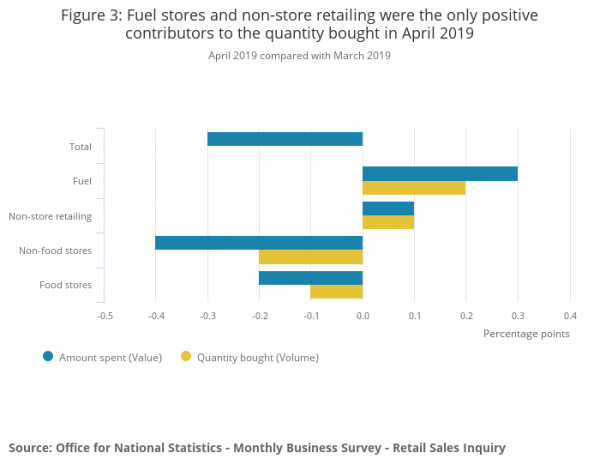
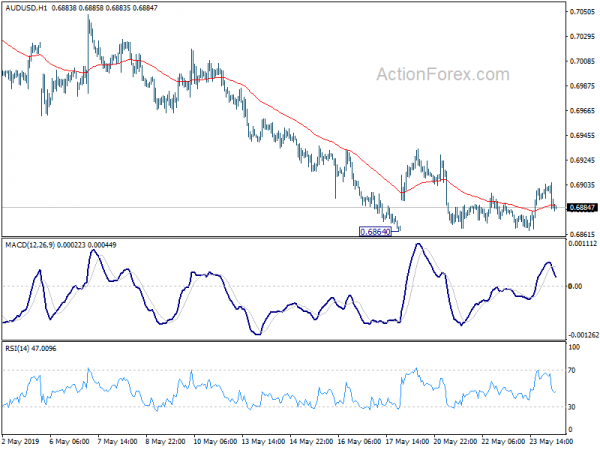

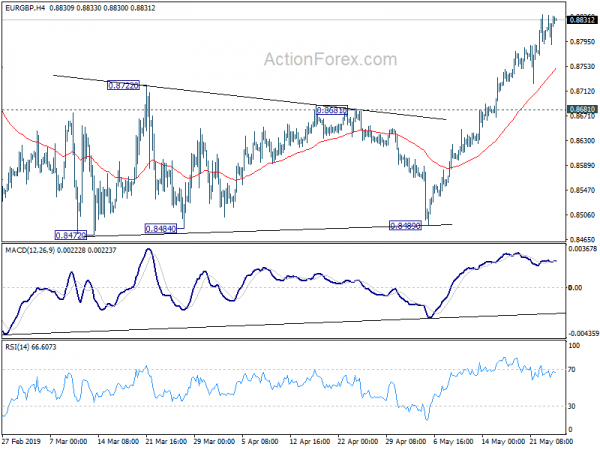
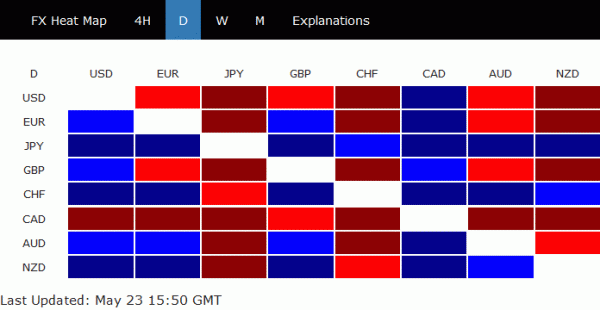
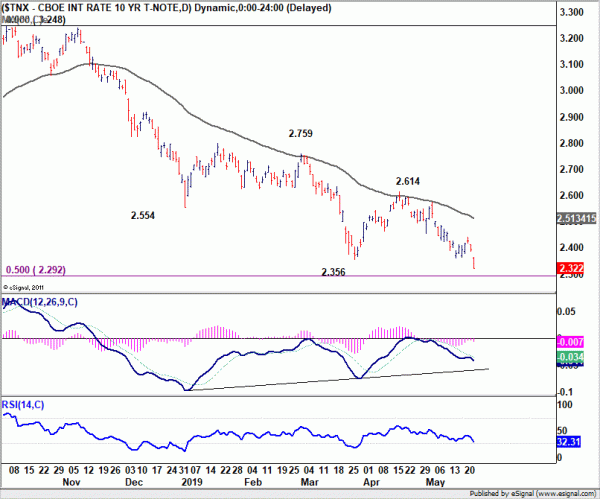
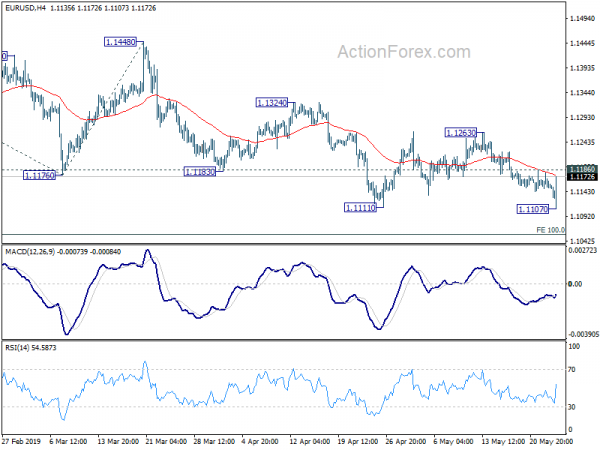
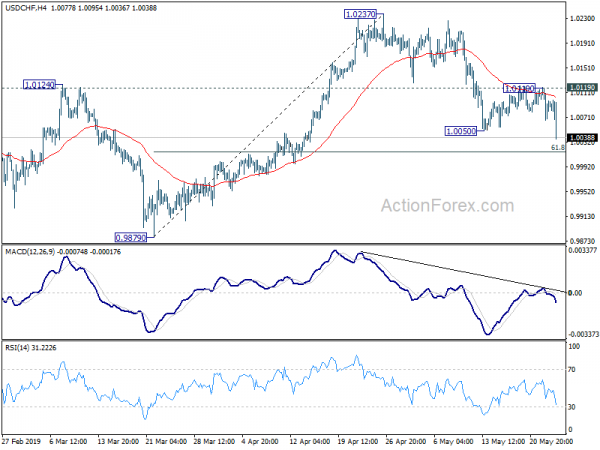
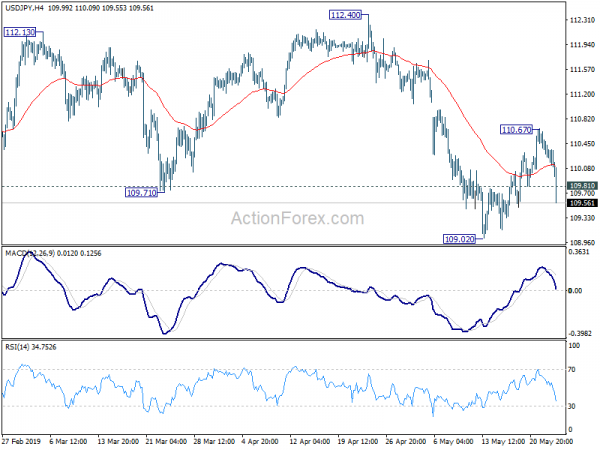
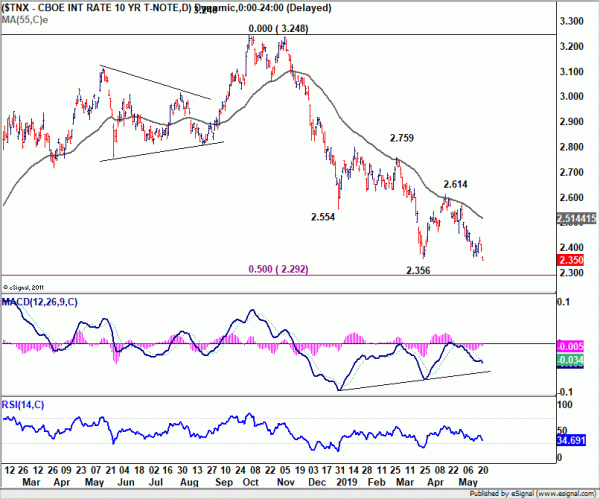
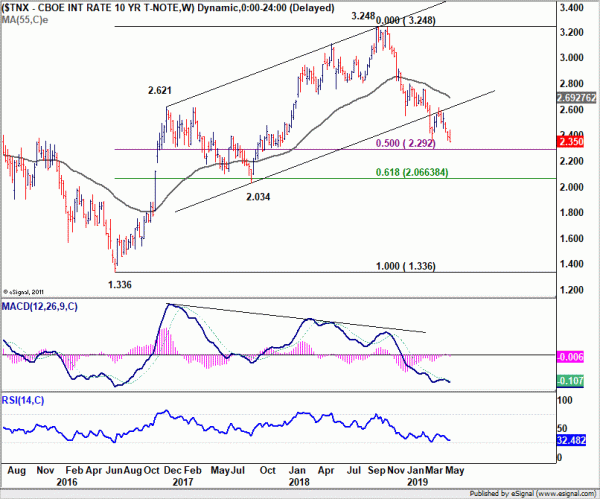
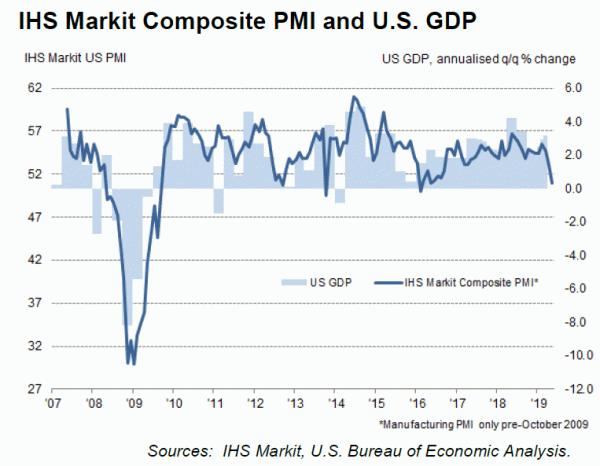
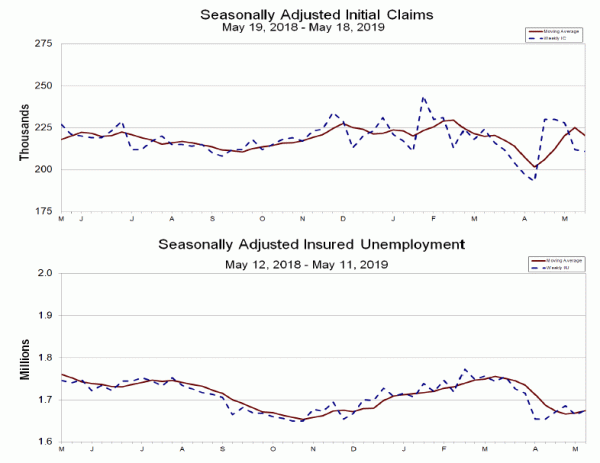
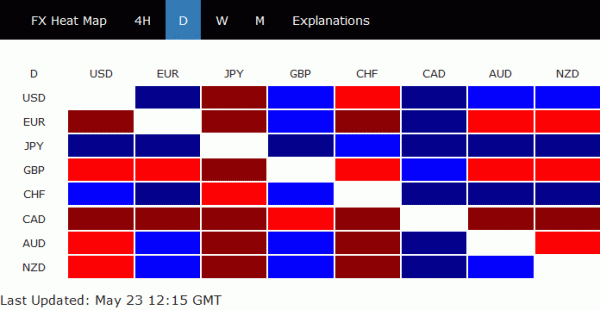
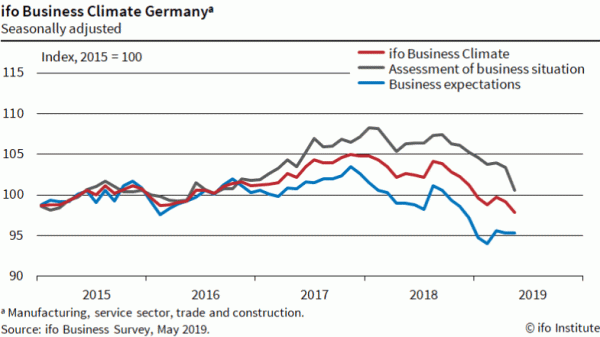
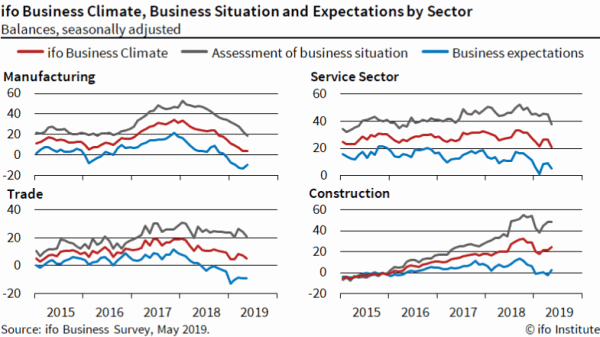

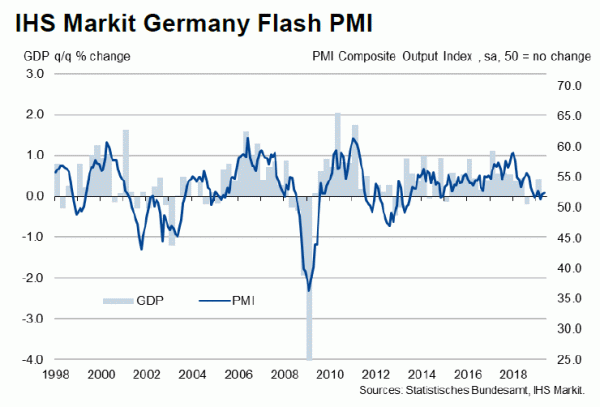
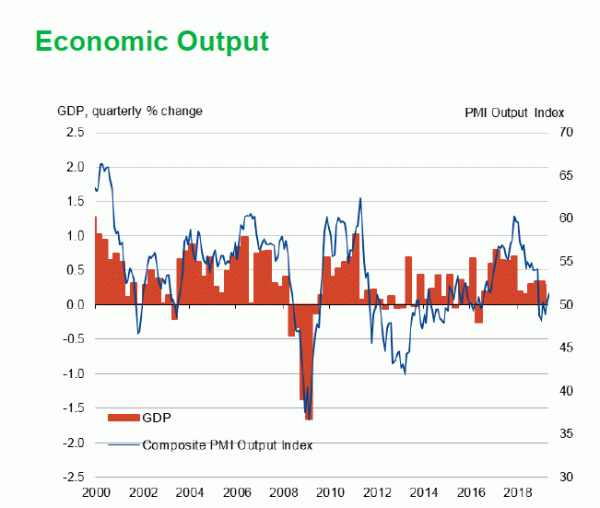

Conservatives to select the next leader and UK Prime Minister by end of June
The Conservative party chairman Brandon Lewis and the vice-chairs of the 1922 Committee, Cheryl Gillan and Charles Walker, have issued a joint statement setting out the process for selecting the next Conservative Party Leader.
Nominations will close in the week commencing 10 June. Then, successive rounds of voting will take place until a final choice of candidates to put to a vote of all party members is determined.
Together, they expect the process to be concluded by the end of June, allowing for a series of hustings around the UK for members to meet and question the candidates, then cast their votes in time for the result to be announced before parliament rises for the summer.”